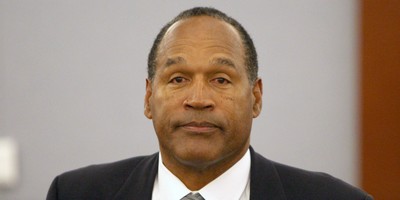WASHINGTON -- In the 48 hours of June 15-16, President Obama lost the health care debate. First, a letter from the Congressional Budget Office to Sen. Edward Kennedy reported that his health committee's reform bill would add $1 trillion in debt over the next decade. Then the CBO reported that the other Senate bill, being written by the Finance Committee, would add $1.6 trillion. The central contradiction of Obamacare was fatally exposed: From his first address to Congress, Obama insisted on the dire need for restructuring the health care system because out-of-control costs were bankrupting the Treasury and wrecking the U.S. economy -- yet the Democrats' plans would make the problem worse.

Accordingly, Democrats have trotted out various tax proposals to close the gap. Obama's idea of limits on charitable and mortgage-interest deductions went nowhere. As did the House's income tax surcharge on millionaires. And Obama dare not tax employer-provided health insurance because of his campaign pledge of no middle-class tax hikes.
Desperation time. What do you do? Sprinkle fairy dust on every health care plan, and present your deus ex machina: prevention.
Free mammograms and diabetes tests and checkups for all, promise Democratic leaders Nancy Pelosi and Steny Hoyer, writing in USA Today. Prevention, they assure us, will not just make us healthier, it also "will save money."
Obama followed suit in his Tuesday New Hampshire town hall, touting prevention as amazingly dual-purpose: "It saves lives. It also saves money."
Reform proponents repeat this like a mantra. Because it seems so intuitive, it has become conventional wisdom. But like most conventional wisdom, it is wrong. Overall, preventive care increases medical costs.
This inconvenient truth comes, once again, from the CBO. In an Aug. 7 letter to Rep. Nathan Deal, CBO Director Doug Elmendorf writes: "Researchers who have examined the effects of preventive care generally find that the added costs of widespread use of preventive services tend to exceed the savings from averted illness."
Recommended
How can that be? If you prevent somebody from getting a heart attack, aren't you necessarily saving money? The fallacy here is confusing the individual with society. For the individual, catching something early generally reduces later spending for that condition. But, explains Elmendorf, we don't know in advance which patients are going to develop costly illnesses. To avert one case, "it is usually necessary to provide preventive care to many patients, most of whom would not have suffered that illness anyway." And this costs society money that would not have been spent otherwise.
Think of it this way. Assume that a screening test for disease X costs $500 and finding it early averts $10,000 of costly treatment at a later stage. Are you saving money? Well, if one in 10 of those who are screened tests positive, society is saving $5,000. But if only one in 100 would get that disease, society is shelling out $40,000 more than it would without the preventive care.
That's a hypothetical case. What's the real-life actuality in the United States today? A study in the journal Circulation found that for cardiovascular diseases and diabetes, "if all the recommended prevention activities were applied with 100 percent success," the prevention would cost almost 10 times as much as the savings, increasing the country's total medical bill by 162 percent. Elmendorf additionally cites a definitive assessment in the New England Journal of Medicine that reviewed hundreds of studies on preventive care and found that more than 80 percent of preventive measures added to medical costs.
This doesn't mean we shouldn't be preventing illness. Of course we should. But in medicine, as in life, there is no free lunch. The idea that prevention is somehow intrinsically economically different from treatment -- that treatment increases costs and prevention lowers them -- is simply nonsense.
Prevention is a wondrous good, but in the aggregate it costs society money. Nothing wrong with that. That's the whole premise of medicine: Treating a heart attack or setting a broken leg also costs society. But we do it because it alleviates human suffering. Preventing a heart attack with statins or breast cancer with mammograms is costly. But we do it because it reduces human suffering.
However, prevention is not, as so widely advertised, healing on the cheap. It is not the magic bullet for health care costs.
You will hear some variation of that claim a hundred times in the coming health care debate. Whenever you do, remember: It's nonsense -- empirically demonstrable and CBO-certified.
























Join the conversation as a VIP Member